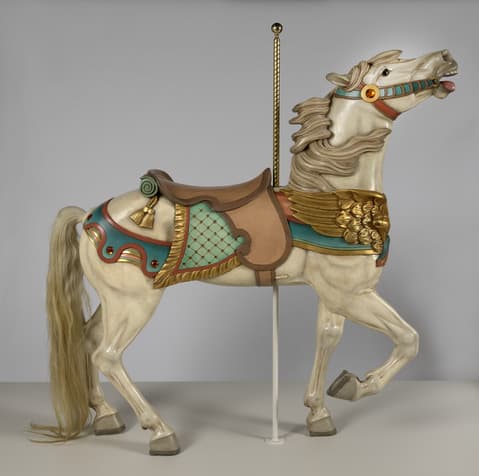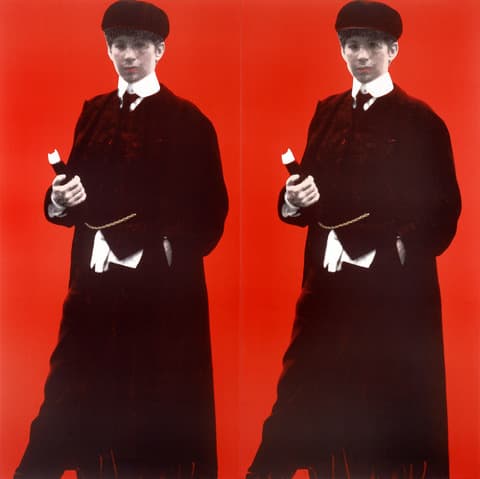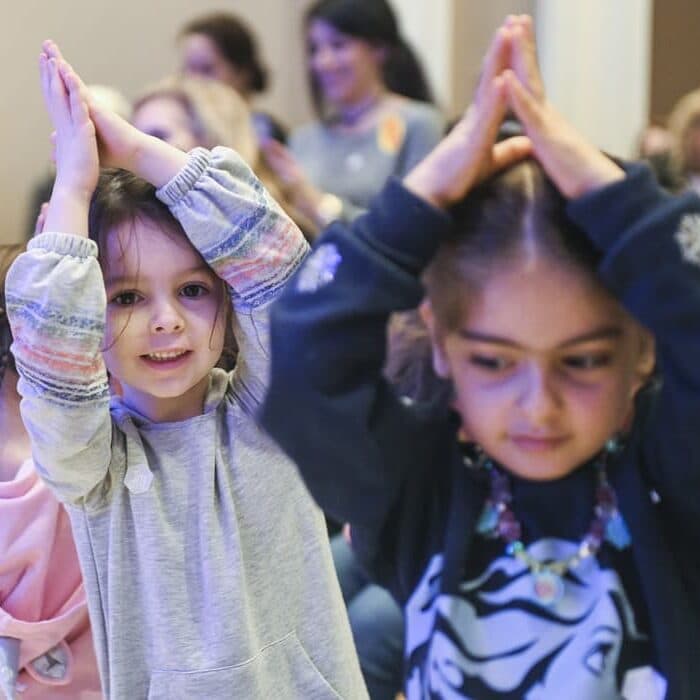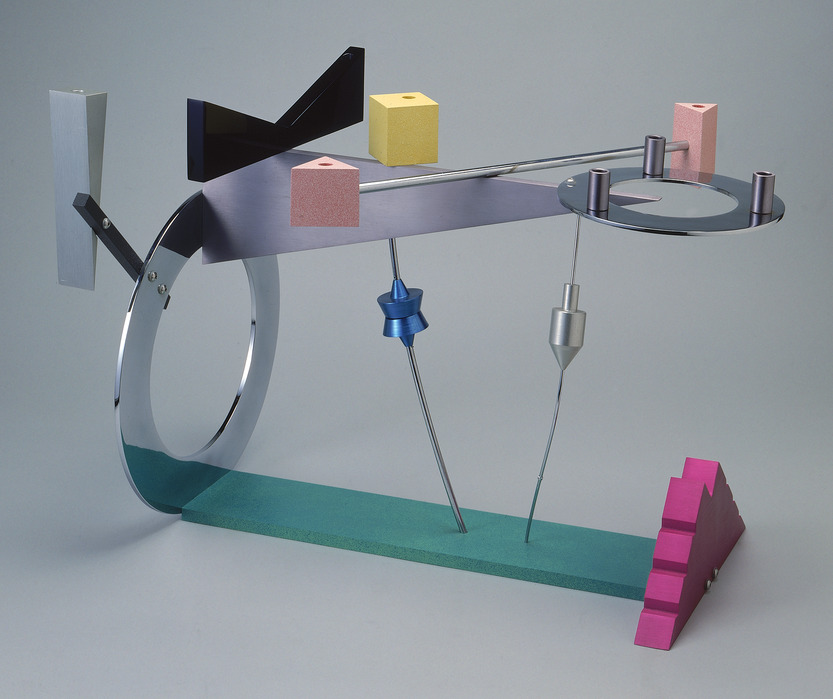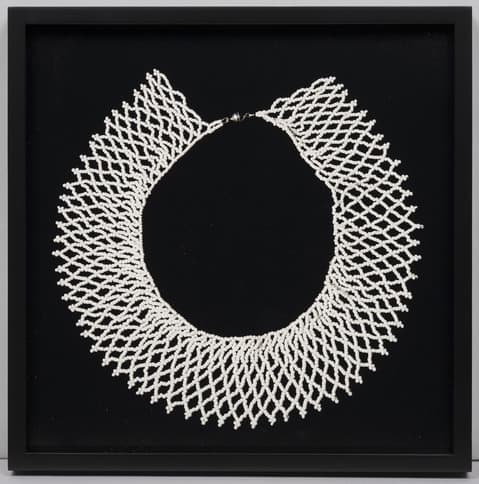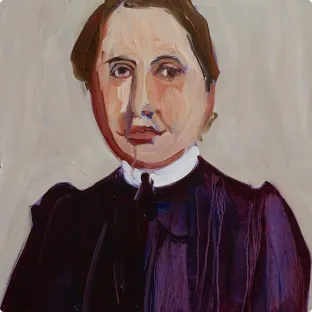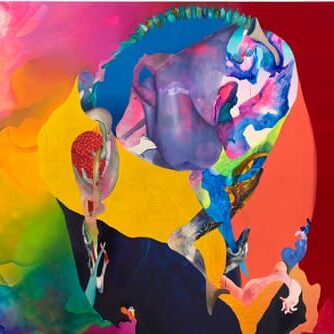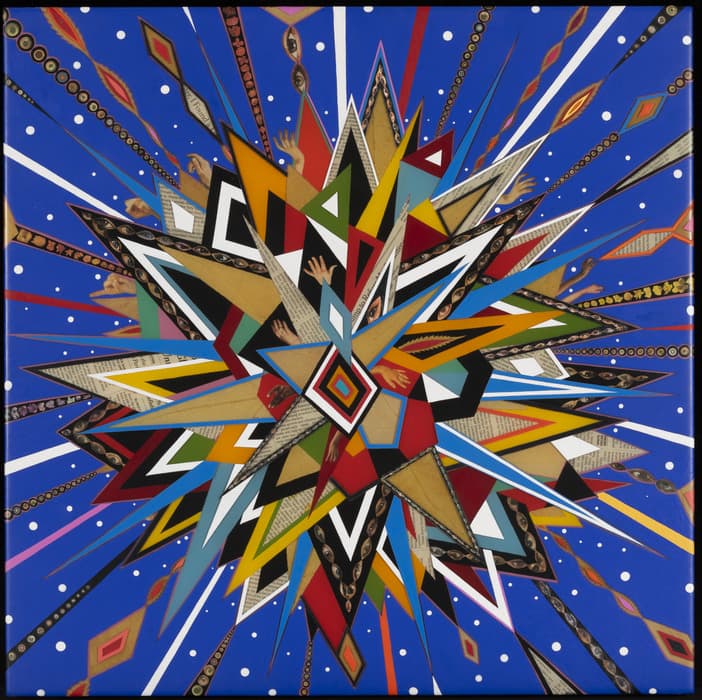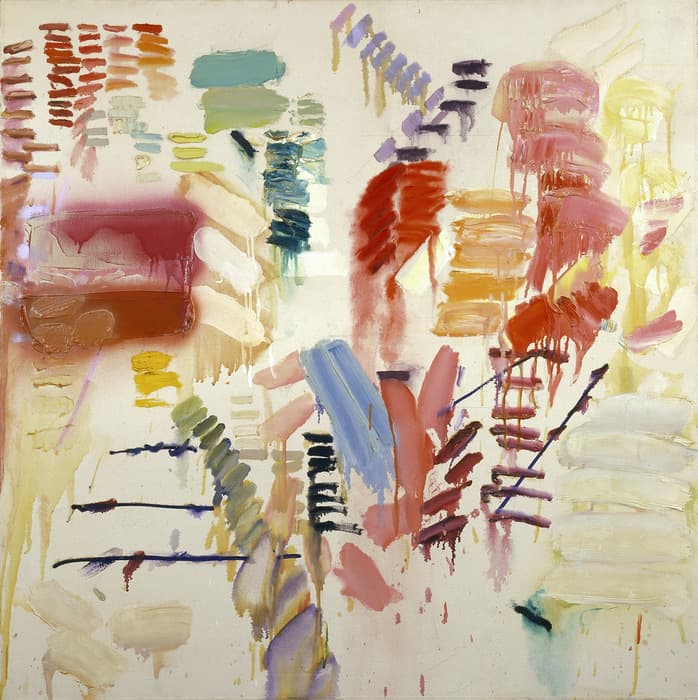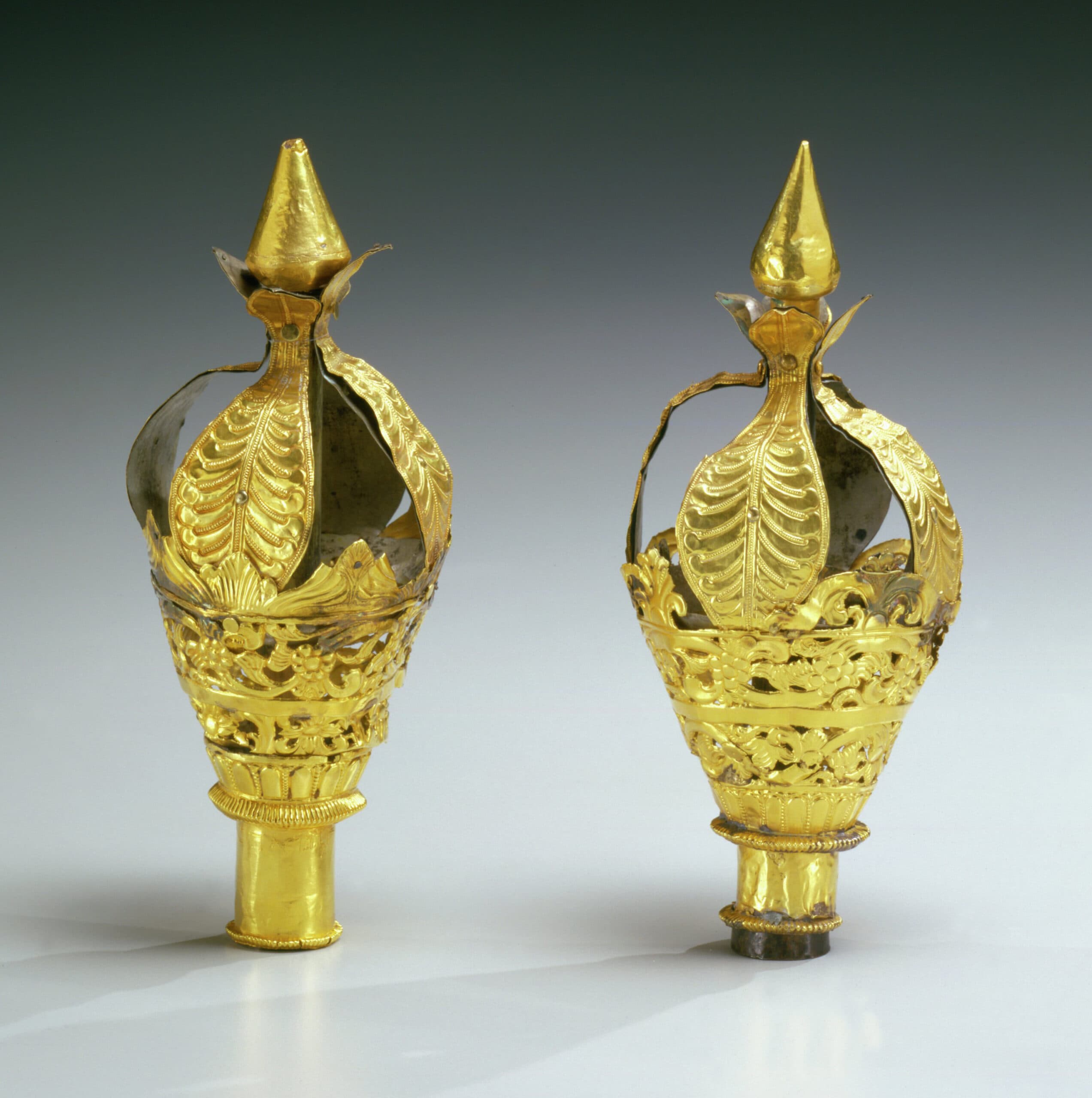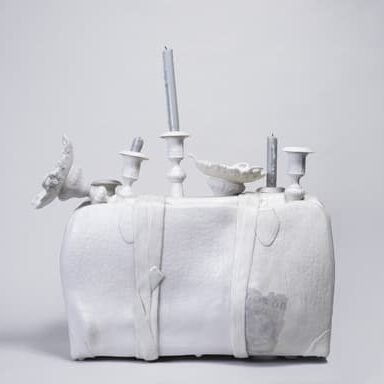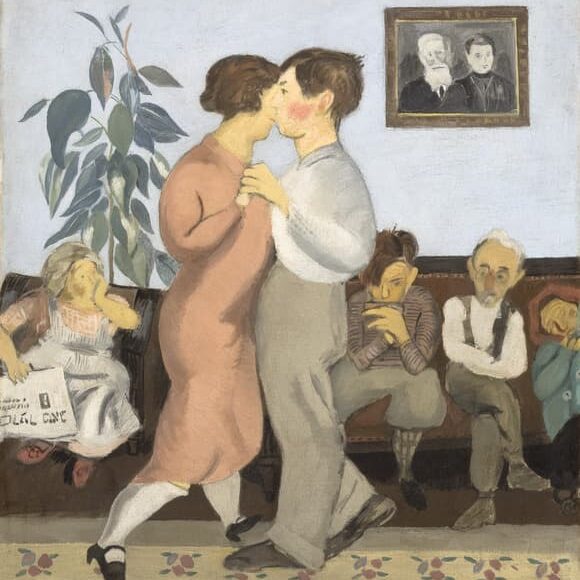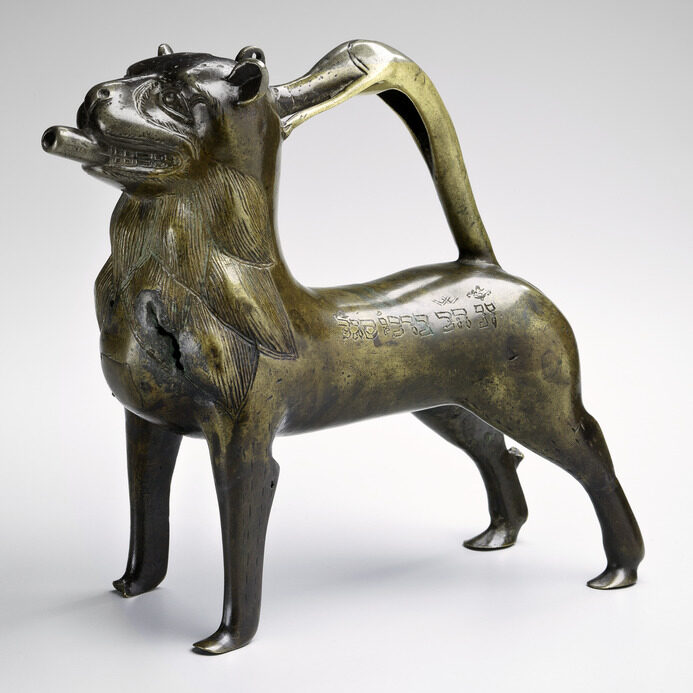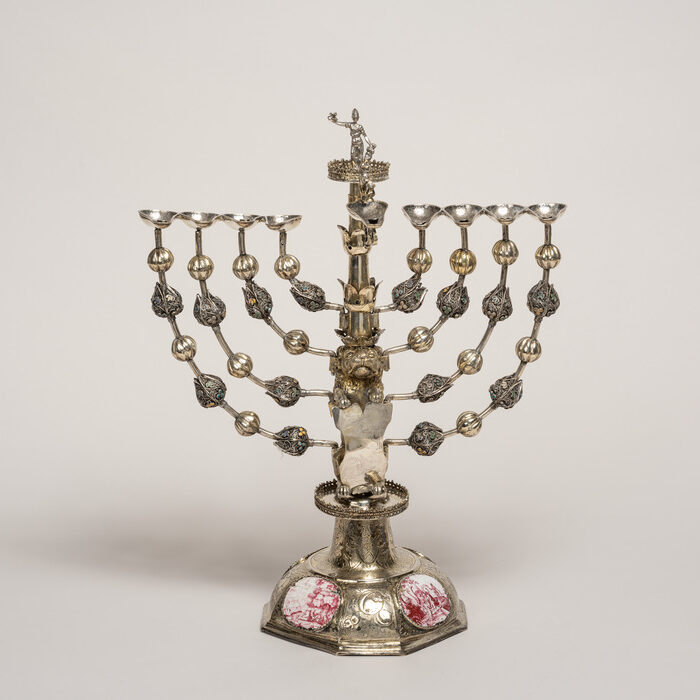The Jewish Museum to Present First Survey of Rachel Feinstein’s Three-Decade Career
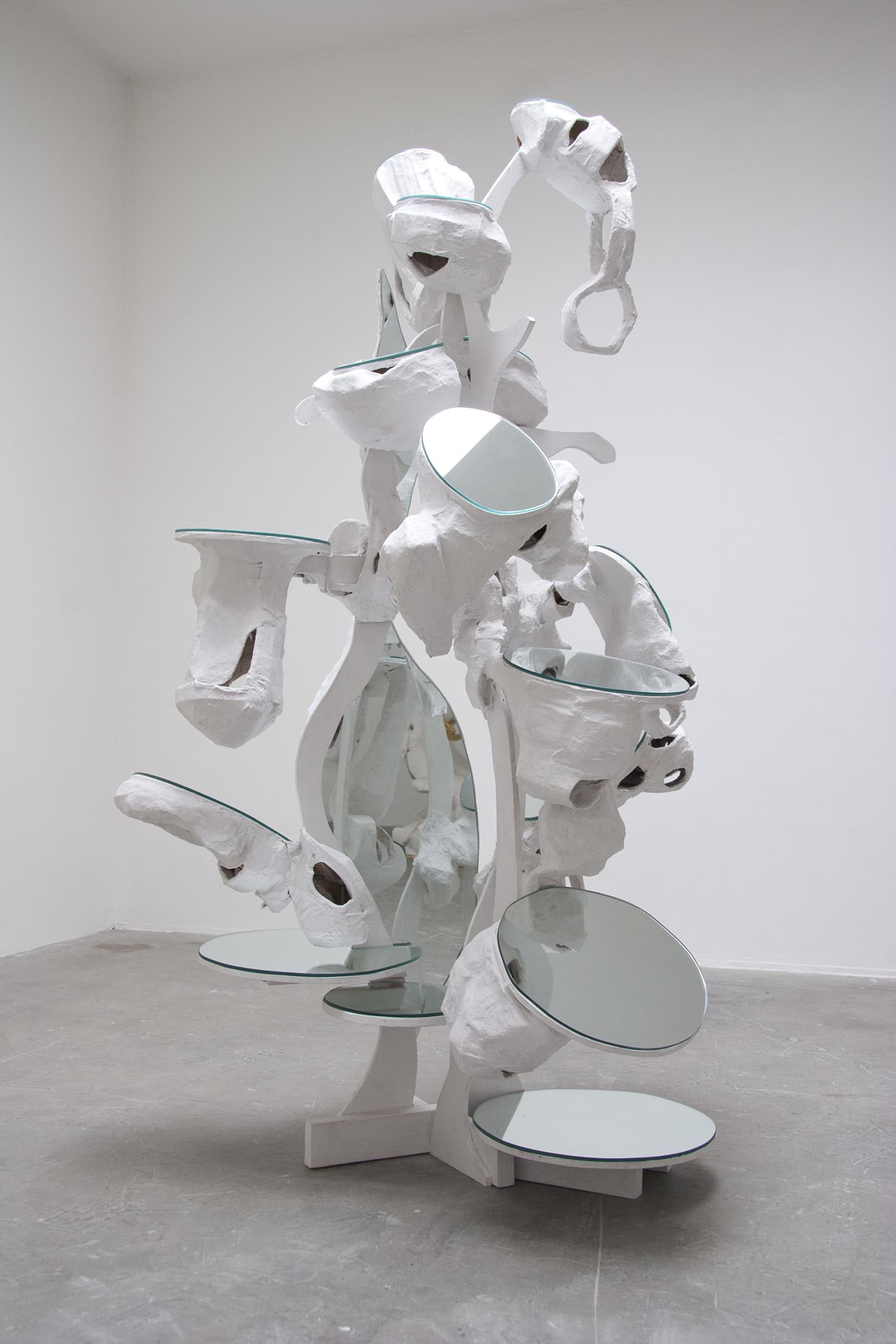
Rachel Feinstein: Maiden, Mother, Crone November 1, 2019 – March 22, 2020
New York, NY, May 16, 2019 — The Jewish Museum will present Rachel Feinstein: Maiden, Mother, Crone, the first survey of the New York-based artist in the United States, from November 1, 2019 through March 22, 2020. Three decades of Feinstein’s work in sculpture, installation, painting, drawing, and video, as well as a newly commissioned wall-relief, a panoramic wallpaper, and the artist’s sculptural maquettes will be brought together to emphasize her fascination with the dualistic nature of cultural expression and everyday life, how fundamental yet oppositional concepts coexist and are ceaselessly negotiated in art and the construction of identity. From Feinstein’s earliest to her most recent works, female figures and protagonists dominate — a distinguishing feature of both the artist’s practice and this exhibition. Feinstein probes how notions of “the feminine” manifest in the popular imagination, an investigation that pulses through and binds together Maiden, Mother, Crone.
Rachel Feinstein: Maiden, Mother, Crone is organized by Kelly Taxter, Barnett and Annalee Newman Curator of Contemporary Art, The Jewish Museum. Annabelle Selldorf of Selldorf Architects is contributing the exhibition design. A companion monograph, designed by Richard Pandiscio and published by Rizzoli Electa, will be available this October, with a lead essay by Taxter and contributions by Marc Jacobs, Florence Welch, Sofia Coppola, Tamara Jenkins, Ursula von Rydingsvard, Sarah Sze, and Lisa Yuskavage, among others.
Sculpture is Feinstein’s primary medium, but her process comprises and retains the visual traces of diverse methods. She realizes her large-scale forms by transforming preparatory drawings and paper maquettes into three dimensions, or fusing painting with object-making. Feinstein also draws upon incongruous sources, time periods, and ideas such as religion and fairy tales, high European craft and American kitsch, or her experience of motherhood and feminist ideologies. She weaves together and deconstructs these perceived binaries, underscoring that there is no reality without fantasy, lightness without darkness, perfection without chaos.
Rachel Feinstein: Maiden, Mother, Crone will be presented in the Museum’s first floor gallery. The exhibition design plays upon the latent theatricality of that plain space, where the scaffolded ceiling suggests an empty soundstage. Works will be grouped and paired thematically, arranged within four distinct areas meant to evoke a stage, a Rococo interior, a stately park, and a womblike chamber.
The exhibition begins with three sculptures drawn from spiritual sources. All-white, gesturally figurative interpretations of St. Sebastian and St. Michael (both 2012) flank Model (2000), an abstract, voluptuously proportioned white tower dotted with circular mirrored discs. The variously angled, mirrored surfaces are positioned to destabilize, fragment, and unite; they reflect the sculpture, the viewer, the room, or all three. Model is based on the Buddhist metaphor of Indra’s Net, which posits that all mankind, past and present, are interconnected and inextricable. The sculpture also points to the artist’s own origin story: Feinstein worked as a fashion model throughout her teenage years. From a young age she was both acutely aware of the power of her own image as well as the problematic repercussions of its circulation.
Spring and Winter (1994/96), the earliest piece in the exhibition, will be presented in the centrally located chamber alongside Feinstein’s most overtly sexual sculptures. In this video, the artist costumed herself as a series of one-dimensional, female tropes pulled from fairy tales and children’s literature: a paper doll, a sleeping beauty, a maiden, and a crone. The doll introduces the narrative — a dream within a dream — which follows a slumbering girl who imagines herself as an old woman. The crone falls asleep in a snowstorm and dreams she is a young maiden, cavorting against a backdrop of vivid color. The dualities of young and old, verdant and barren, underscore Feinstein’s early and ongoing commitment to uncovering the complexities of seemingly innocuous stories, particularly those told to women and girls. Spring and Winter was partly drawn from the original source of the popular fairy tale Sleeping Beauty: Giambattista Basile’s Sun, Moon, and Talia (1634), a dark story centered around violence against women. While Feinstein has moved away from performance, she continues to turn to fantastical narratives and characters, suggesting that both fiction and fact constitute perception and reality.
Rachel Feinstein was born in Fort Defiance, Arizona in 1971. She received her BA from Columbia University in 1993, where she studied studio art and religion and worked closely with Kiki Smith and Ursula von Rydingsvard. That same year she attended the Skowhegan School of Painting and Sculpture. Beginning with the group exhibition Let The Artist Live, at New York’s Exit Art in 1994, Feinstein has continued to exhibit her work internationally. Recent solo exhibitions include: Folly, Madison Square Park, New York; The Snow Queen, Lever House, New York; and Tropical Rodeo, Le Consortium, Dijon. She has been included in numerous group exhibitions including at the Minsheng Art Museum, Shanghai; The Arnold and Marie Schwartz Gallery Met, New York; SCAD Museum of Art, Savannah; and the Barbican, London. Feinstein is represented by Gagosian Gallery.
Support
Rachel Feinstein: Maiden, Mother, Crone is made possible by the Knapp Family Foundation, Ann and Mel Schaffer, Melva Bucksbaum Fund for Contemporary Art, the Peter Jay Sharp Exhibition Fund, and The Barnett and Annalee Newman Foundation.
Press contacts
Anne Scher, 212.423.3271 or [email protected]
Daniela Stigh, 212.423.3330 or [email protected]
[email protected] (general inquiries)
